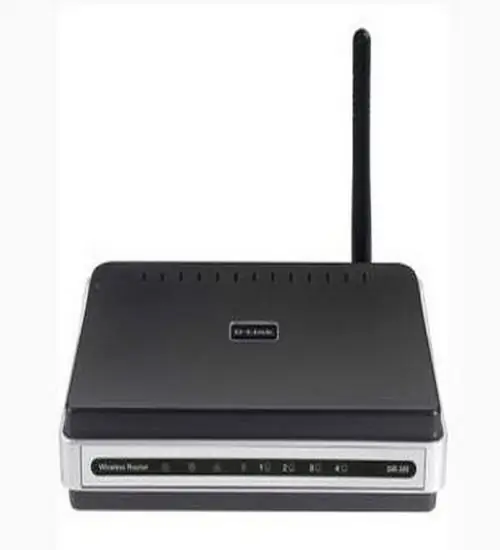ADSL modem can be configured as a router (router) or Bridge. In Bridge mode, the modem serves as an adapter between the computer's network adapter and the telephone line - in this case, all network connections are configured on the computer. In router mode, an ADSL modem is a mini-server that provides network services to a computer. This mode is the safest and, in most cases, preferred.

It is necessary
Computer, network adapter, splitter, modem, Ethernet cable, ADSL cable, power adapter, installation CD with drivers
Instructions
Step 1
Before setting up the modem in the mode, you must connect it to a computer and a telephone line. To do this, connect a telephone line to the “Line” connector of the splitter, and a telephone set to the “Phone” connector. Connect the ADSL modem to the "Modem" connector of the splitter using an ADSL cable. Connect the ADSL modem to a power source through an adapter. When the splitter is properly connected, the “ADSL” indicator on the modem should blink. Then connect the Ethernet connector of the modem to the network adapter of your computer using an Ethernet cable. The "LAN" indicator on the ADSL modem should be on.
Step 2
Next, you need to configure the IP. From the Start menu, select Settings, then Network Connections => Local Area Connection. Then click "Properties". On the General tab, check Internet Protocol (TCP / IP). Click "Properties => Obtain an IP address automatically". Confirm the selected settings by clicking the OK button.
Step 3
Set up your router. To do this, open a WEB-browser and enter 192.168.1.1 or 192.168.1.2 in the address bar, depending on the modem model. On the authorization page that opens, in the "Login" and "Password" fields, enter "admin" and "admin", respectively. For the exact details, refer to the documentation that you received with your modem.
Step 4
After authorization, you need to create an Internet connection with a username and password provided by your Internet provider. Find the items in the modem settings that contain the fields "Username" and "Password / Userpass" and enter the values received from the provider.
Step 5
In the settings menu, find the items that define the type of connection and the values "VPI / VCI", "Encapsulation". Select the connection type "PPPoE" or "PPPoE over Ethernet", the "VCI / VPI" and "Encapsulation" values, either leave the default, or choose those offered by the provider. Reboot your modem.






